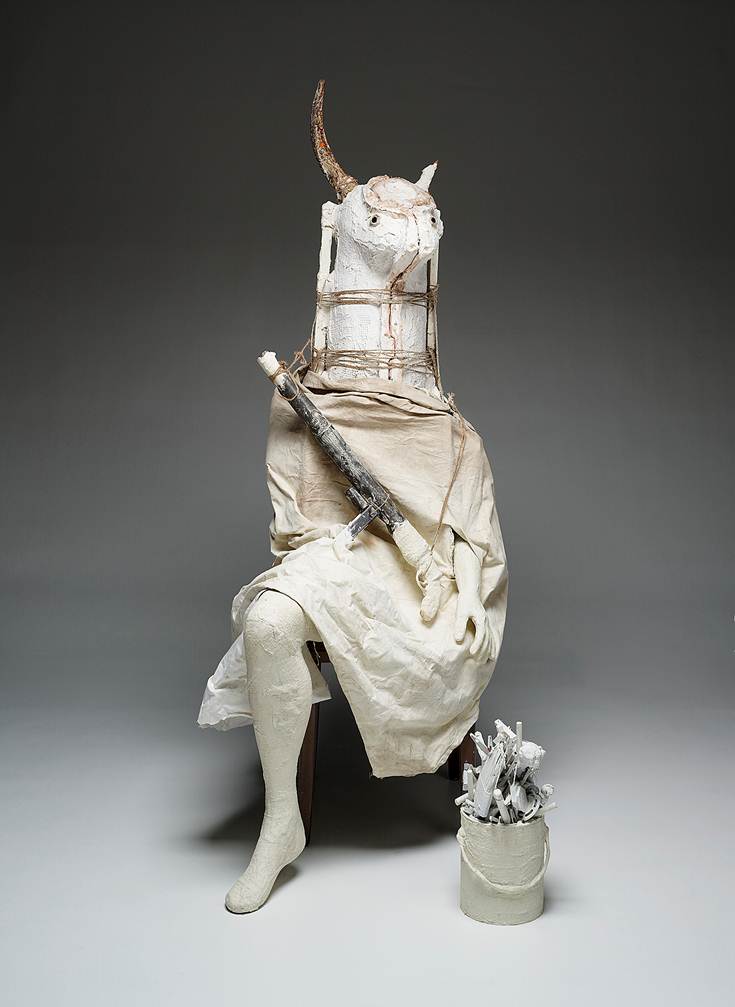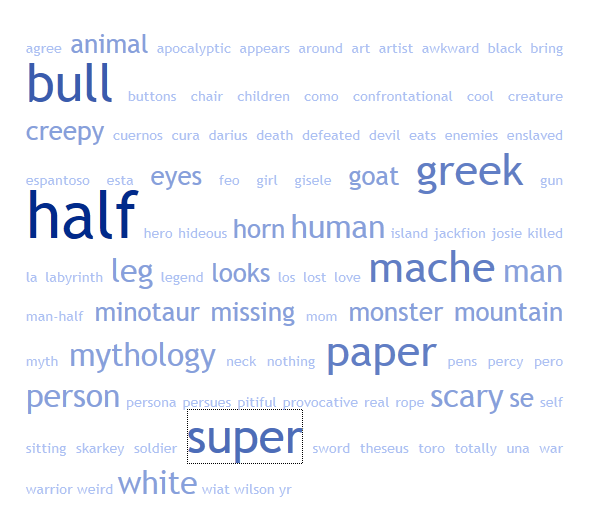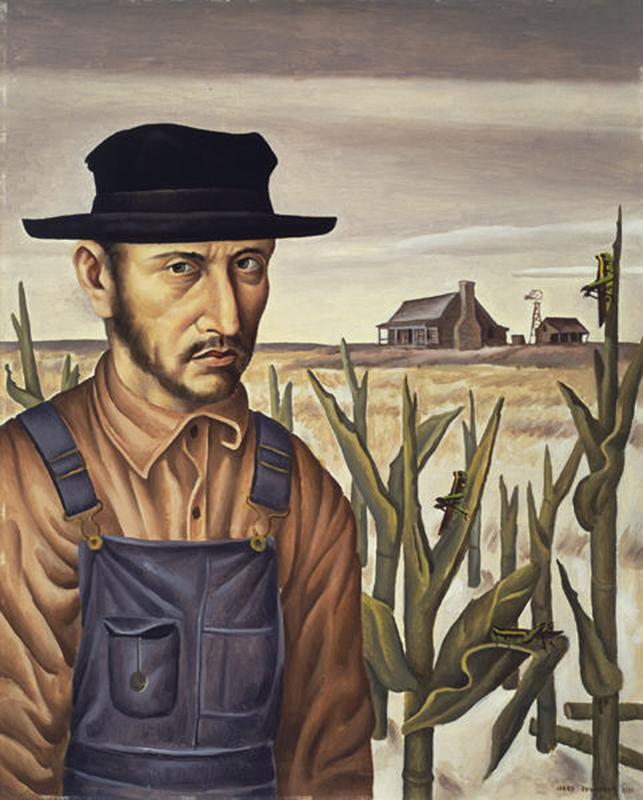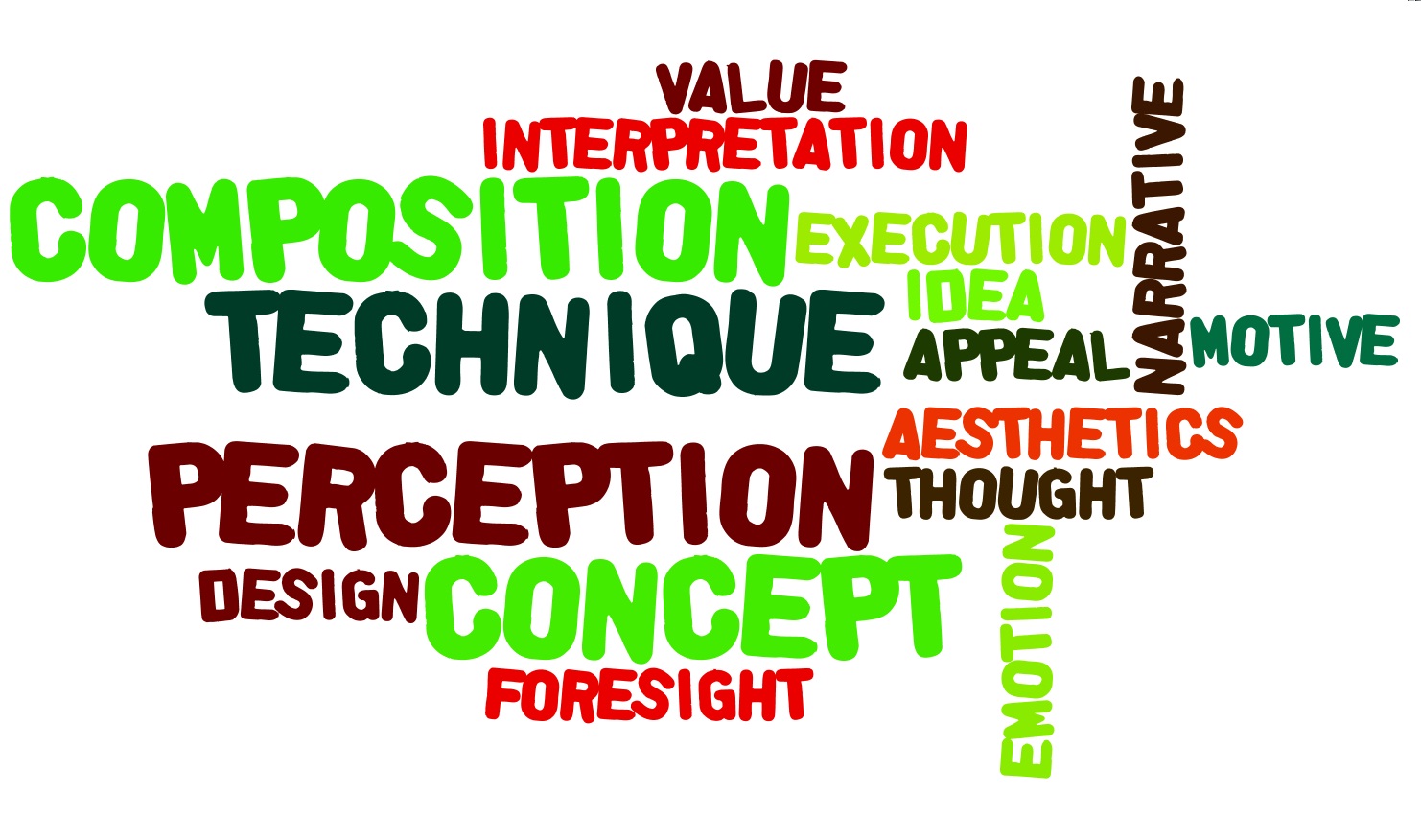 If you’ve come into the Center for Creative Connections (C3) within the past month you may have noticed a few changes in our space. Aside from new artworks in our Encountering Space exhibition, we have transformed one area into a Prototyping Station. What does that mean exactly? Well, in this space we use reproductions of works of art to engage our visitors in conversations. These conversations allow us to better understand visitors’ perspectives and inform our thinking in the development of exhibitions. For the past month, we have focused on three works of art from our collection.
If you’ve come into the Center for Creative Connections (C3) within the past month you may have noticed a few changes in our space. Aside from new artworks in our Encountering Space exhibition, we have transformed one area into a Prototyping Station. What does that mean exactly? Well, in this space we use reproductions of works of art to engage our visitors in conversations. These conversations allow us to better understand visitors’ perspectives and inform our thinking in the development of exhibitions. For the past month, we have focused on three works of art from our collection.
We often have so much background information about a work of art that it is difficult to decide how much of it visitors need to know. There is a delicate balance between providing information and allowing visitors to learn through their own observations. While we did these tests, we only provided a minimal amount of information besides the image.
Our dialogues have included both face-to-face conversations and written responses to questions we’ve posed. We have documented these responses and decided to make word clouds to show you what we have received so far. Word clouds, or tag clouds, are a way of visualizing data. You enter text into a computer program, and it generates a visual representation of which words are repeated most often. The words that are used most often appear larger. Take a look at the following word clouds we generated based on visitors’ responses to the following:
“The title of this work of art is The Minotaur. Tell us what you know about the Minotaur.”
“We are looking for descriptive words for this work of art. List what comes to mind when you look at this picture.”

Marcel Dzama, “The Minotaur,” 2008, plaster, gauze, rope, fabric, chair, bucket, and paintbrushes, Dallas Museum of Art, DMA/amfAR Benefit Auction Fund, 2008.43.2.a-e, (c) Marcel Dzama


Jerry Bywaters, “Share Cropper,” 1937, oil on Masonite, Dallas Museum of Art, Allied Arts Civic Prize, Eighth Annual Dallas Allied Arts Exhibition, 1937.1
 Visitors noticed many things, ranging from objects to emotions.Why is this process important? We want to gather input from visitors. Putting this testing area in the middle of the gallery allows visitors to see the process we use to develop interpretive components for a work of art. It also gives Museum-goers a chance to contribute information and a perspective that may be different from the staff’s, which is an important component of the C3 mission.
Visitors noticed many things, ranging from objects to emotions.Why is this process important? We want to gather input from visitors. Putting this testing area in the middle of the gallery allows visitors to see the process we use to develop interpretive components for a work of art. It also gives Museum-goers a chance to contribute information and a perspective that may be different from the staff’s, which is an important component of the C3 mission.
The next time you are at the Museum, stop by the C3 and share your responses in our new prototyping area.
Jessica Nelson is the C3 Gallery Coordinator at the Dallas Museum of Art.





